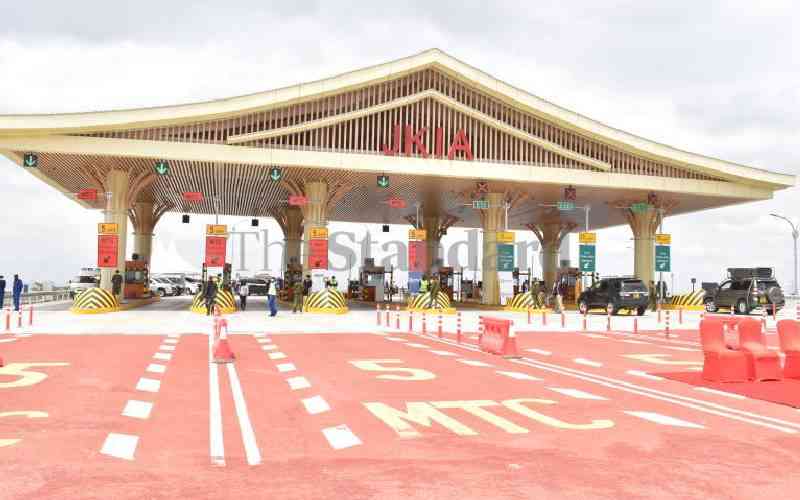Indian airports operator Adani’s Jomo Kenyatta International Airport (JKIA) expansion proposal is being subjected to heightened public scrutiny. This is as it should be so that Kenyans get bang for their buck.
No doubt, JKIA is in dire need of expansion. Built to handle two million passengers annually, it has long breached that figure. Patching over the years has seen it take on close to eight million and growing. It can no longer support the projected growth at 4 per cent annually expected to reach 42.1 million passengers annually by 2050.
A sober approach to this problem is needed that will not only provide value for taxpayers but also lead to the rapid growth of the country across multiple sectors driven by a cogent national aviation policy. Kenya is not alone in grappling with this airport challenge. It should consider how other countries have resolved the same and perhaps borrow a leaf.
Take Hong Kong, for instance. In 1997, after 73 years of service, the Kai Tak Airport was permanently closed and replaced by a new airport at Chek Lap Kok. The former airport was turned into an urban park that serves as a public space for residents and tourists.
-
Secrets of 30-year Adani deal to takeover JKIA in November

-
Aviation workers suspend strike to study Adani deal

-
Why Adani 'sweetheart' deal with JKIA will be painful for taxpayers

Consider Turkey. In 2019, the Ataturk International Airport was closed off to all international passenger travel which was diverted to the newly built Istanbul International Airport. The new airport now has the potential to accommodate 200 million passengers annually whilst the old is now solely for cargo and domestic travel.
Closer home, Rwanda is building a new airport in Bugesera District. It is expected to start operations in 2028. Ethiopia has recently signed an agreement for the design of a new four-runway airport. It is said that on completion, it will be Africa’s biggest airport.
From the foregoing, Kenya’s solution to the constraints at JKIA may lie in the building of a totally new facility. JKIA faces many challenges that cannot be resolved by further patchwork. Because of its relatively high elevation, planes cannot fly to the US on a full load.
It is for the same reason some models of fully loaded planes cannot fly to Europe. Fresh thinking would consider moving Kenya’s premier gateway to the Konza plains where the elevation is perfect and space available to construct a purpose-built airport with infinite possibilities. By Leonard Khafafa, The Standard




